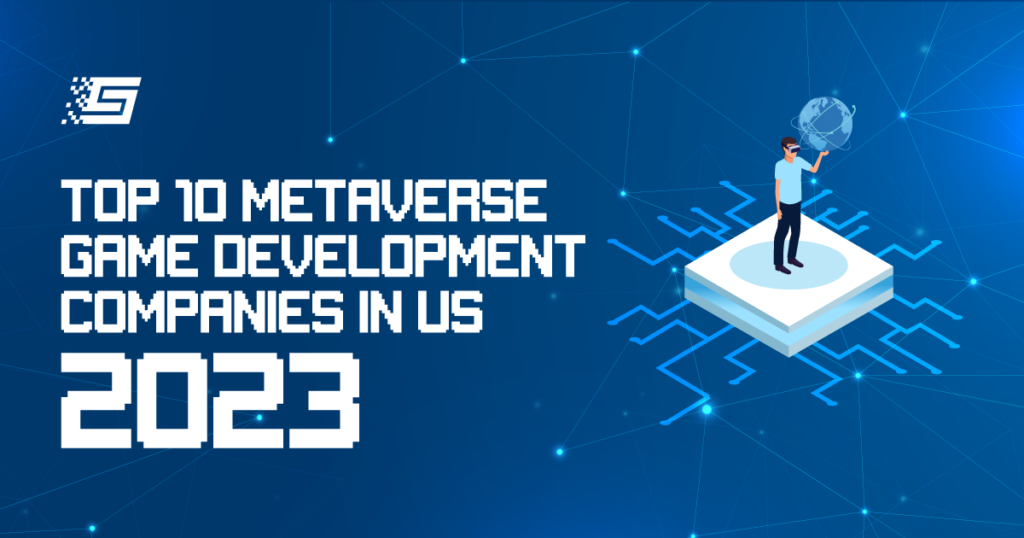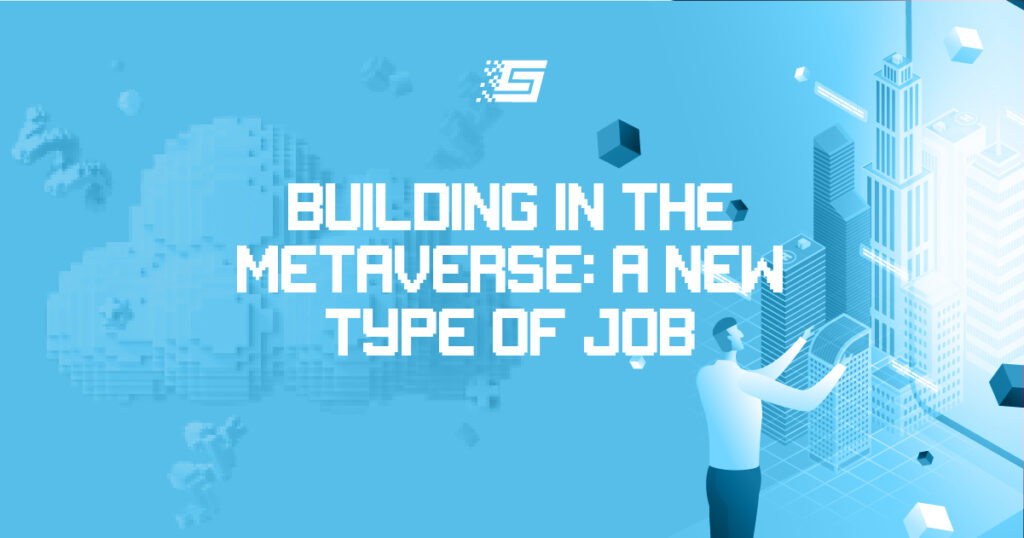Metaverse Market Overview
The market size for the global metaverse stood at around 38.85 billion US dollars in the year 2021 and could reach 47.48 billion by the end of 2022. This figure is estimated to rise to roughly 679 billion dollars by 2030. The CAGR’s predicted growth over this time frame is 39.4% due to increased demand from industries such as education, media, entertainment, and aerospace and defence.
The metaverse market has been growing steadily due to emerging technologies that enhance users’ experience. The ability to purchase digital assets with cryptocurrencies is another factor pushing the market forward, along with the development of Augmented Reality (AR), Mixed Reality (MR) and Virtual Reality (VR) devices.
The prefix, meta, comes from Greek, generally meaning after or beyond. The metaverse is an immersive 3D environment where users can interact with each other through avatars. Users can purchase digital assets in the metaverse with Bitcoin and other digital currencies. The metaverse allows for multidimensional interaction in various online environments, and users can engage with digital content on a deeper level than has been possible in the past.
The metaverse is a virtual world used to create and leverage brand connection opportunities in real-time. It looks set to become the next stage of digital activity through social experiences and simulation. Blockchain technology can be utilized on the metaverse to create, trade and own autonomous digital assets and virtual real estate. These can be purchased with cryptocurrencies such as Bitcoin, Ethereum, and NFTs. Because of the high demand for blockchain-based metaverse platforms and networks for trading digital assets, market revenue is expected to grow exponentially over the forecast period. The recent development of the gaming industry is another factor in the potential expansion of the metaverse in the future.
Metaverse Market Analysis
- The gaming sector looks likely to champion the application segment over the forecast period. The social media and content sectors have substantial growth projected due to the ever-increasing demand for social media applications.
• The VR and AR sectors took the most revenue share in 2021. The education, healthcare, gaming, and entertainment industries adopted the technology for various uses. These devices also have benefits in human resources, with industry leaders currently incorporating the technology into their staff training programmes.
• Increasing usage of VR, AR and MR saw the hardware sub-segment of the product segment dominate the metaverse market, having the highest market share in 2021. Displays held the largest revenue share in the sub-segment, while programming engines captured the highest market share in the software sub-segment.
• Desktops and headsets topped the market with 42.2% and 34.9% of total revenue shares throughout 2021. These two items look set to make the most significant revenue over the forecasted period.
• The virtual platform segment could show a high level of growth due to widespread adoption by industries like academics, branding and advertising, with benefits such as reduced capital expenditure and operating costs. In terms of offerings alone, it had the highest market share in 2021.
• Asia Pacific is the most probable region to experience the highest growth rate in the forecast period. This is mainly due to the demand for improvements in the viewing experience and a high volume of start-ups in the area.
• North America had the highest market share in 2021. This region saw a large number of metaverse platforms adopted recently.
Market Insights
The metaverse is a trending technology platform attracting many of the top social networks, technology and online gaming companies to establish their presence in the market. Gaming, social interaction, learning/training, content creation, and online virtual shopping are among the industries getting in on the action in various ways, so the trend looks likely to continue in the coming years. The market has an estimated 1 trillion USD in yearly revenue, not only because of the likes of Walmart, Gap, Nike, Verizon, Hulu, Atari and Adidas entering the metaverse as end-users, but also the appeal to private investors.
Market Dynamics
Digital Assets
Cryptocurrency drives some of the first iterations of the metaverse. Each metaverse uses its chosen collection of coins to facilitate payments. NFTs have emerged as the foundation of its infrastructure and economy, opening new avenues for gamers and investors to generate income in virtual worlds. People can use NFTs to purchase virtual land plots, event passes, avatars, and other digital items. Creators can make royalties from the sales of these digital assets.
Real estate investing is similar to traditional property and real estate dynamics. The IQ Protocol is a decentralized finance (DeFi) platform that provides ways for developers to make money. Predetermined conditions are negotiated and enforced by smart contracts so that virtual landowners can earn yield and rental fees.
Metaverse Social Interactions
People now communicate digitally on websites, messaging apps, and social media platforms like Facebook. The metaverse offers a different option to traditional online communication. Users can interact with digital content in a much more meaningful way. It is an emerging new online setting in which people’s interactions are highly multidimensional. Individuals can communicate via avatars and participate in social events, private parties, or play games. With companies like Meta and other businesses putting massive amounts of money and resources into the technology in 2021, it looks set to become the future of social media.
Business-to-Consumer (B2C) & Business-to-Business (B2B) Enterprises
One of the metaverse’s most promising aspects is increasing market access for consumers in emerging economies. The web has already opened up access to previously unavailable goods and services. People from low-income countries may now be able to find work in western corporations without emigrating. The benefits of the metaverse will add to that; virtual reality will enhance traditional options, for example, and is a low-cost, effective way of performing commerce.
Business-to-business marketing involves client meetings, trade exhibitions, product demos, commercials, and customer service, among other things. The metaverse can radically change each of these. Many B2B products are commodities, and excellent customer service is an essential part of (that)… The metaverse has a way of blurring the distinctions between B2B and B2C. Companies can use this to build on their existing consumer base and avoid outdated corporate traditions.
End-Use Insights
For end-use, the market for the metaverse consists of media, entertainment, retail, banking and financial services, insurance (BFSI), education, automotive, aerospace and defence, among others. Because of the rise of the gaming industry globally, the media and entertainment segment will likely make up the largest revenue share. Projections over the forecast period have this figure at roughly 31%.
An increased focus has been on hosting virtual music concerts. A growing number of businesses in the gaming sector adopting this concept should cause increased revenue growth. For instance, Warner Music Group announced the launch of a virtual music theme park on The Sandbox. Stars such as Bruno Mars, Ed Sheeran, and Cardi B will appear in the theme park. Snoop Dogg has already hosted a private event on the platform. The metaverse enables musicians to experiment and engage with a broader audience. It also allows brands and consumers enhanced flexibility and adaptivity
Written by: Tyler Monette
@chaser1ight.


